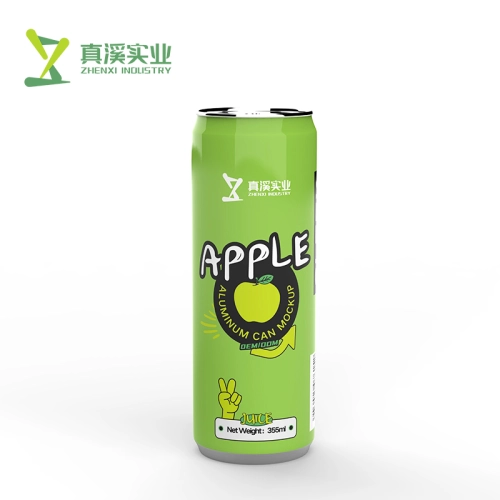The beverage market is dominated by soda cans, which produced approximately 200 billion units a year globally. What makes them so impressive is their light weight - just 13 grams each, which cuts down on transportation costs and carbon emissions. Aluminum cans have 74% less transport energy than glass bottles - report by the Aluminum Association.
Aluminum in soda cans is more recyclable and 75% of all aluminum ever produced is still being used today. With a recycling rate of 68% (compared to just 26% for plastic bottles), this material is recycled into other products more often in order to help out-cycle the demand. One case in point is Coca-Cola, which recycled 58.9 billion aluminum bottles that year - evidence of just how huge this recycling method could be on a global scale.
The frangible hermetic seal of a soft drink can aids to maintain the beverage within! The valve impedes oxidation and contamination to keep the flavor with equal carbonation up until 9 months later. For example, PepsiCo claims otherwise it is impossible to preserve the taste of products such as soda worldwide because cans are airtight.
Perhaps the most important economic reason for using soda cans. It costs the beverage industry $0.10 on average to make a single aluminum can (vs glass bottles at up to $0.30 each). The amount is intended for the manufacturer while also providing consumers with a cost-effective solution to keep prices competitive.

The convenience element is also very important and in that regard, cans easily trumps glass bottles. These types of containers can stack and chill quickly, so they are great for consumption scenarios that might require rapid availability like an outdoor event or party. Cans will also depend on a positionally based survey of consumers prefer can soda because it is easier to use and carry. 60% according to the Beverage Marketing Corporation.
According to the data mentioned in market trends, The Global Beverage Can Market Size is expected grow from $43.20 billion in 2020 to 70.92billion USD by end of year -2028 at a CAGRof6 % during forecast period(2019-2027). Increased use of biodegradable plastic pouches in both packaging due with growing demand for sustainable packaging and an surge in the consumption ready-to-drink beverages (RTD) are driving this growth.
Every multinational has their reasons behind marketing soda cans this way or that. Youth-oriented brands, such as Red Bull and Monster Energy, have appropriated the shapes of soda for their packaging due to its sense of urbanity. The cans work not only as a packaging medium but also an element of marketing, reinforcing the brand identity and its attraction.
Al Gore, the environmentalist of renown said once: — The sustainability revolution is as consequential as the industrial revolution. ~ by Al Gore The beverage sector is moving away from PET packaging, and a similar trend can be seen in the switch by some beer companies to use aluminum cans; this shows that traditional environmental responsibility at an industry level.
The uniqueness of soda cans as a product ranges across economic facets, environmental sustainability and consumer convenience. With the industry growing, shaving with soda cans is likely to become more popular than ever thanks to breakthroughs and changing customer trends.
Visit soda cans for more details.